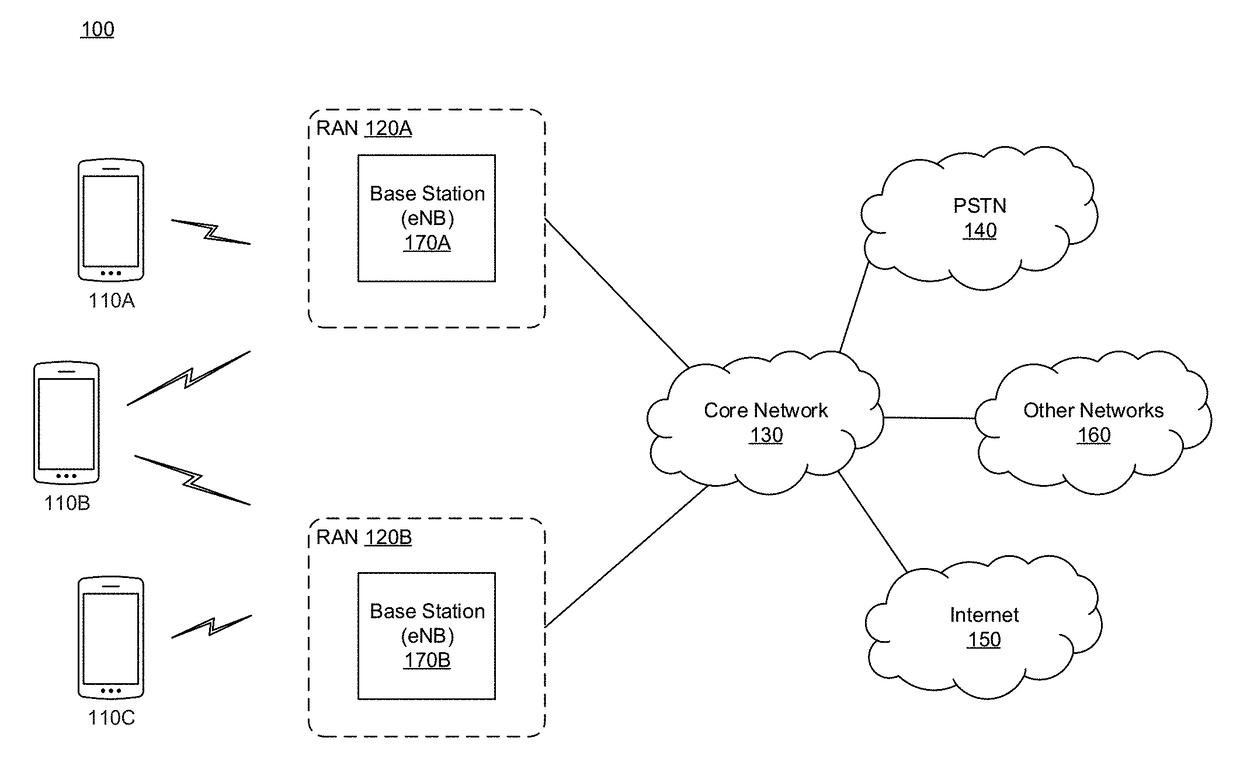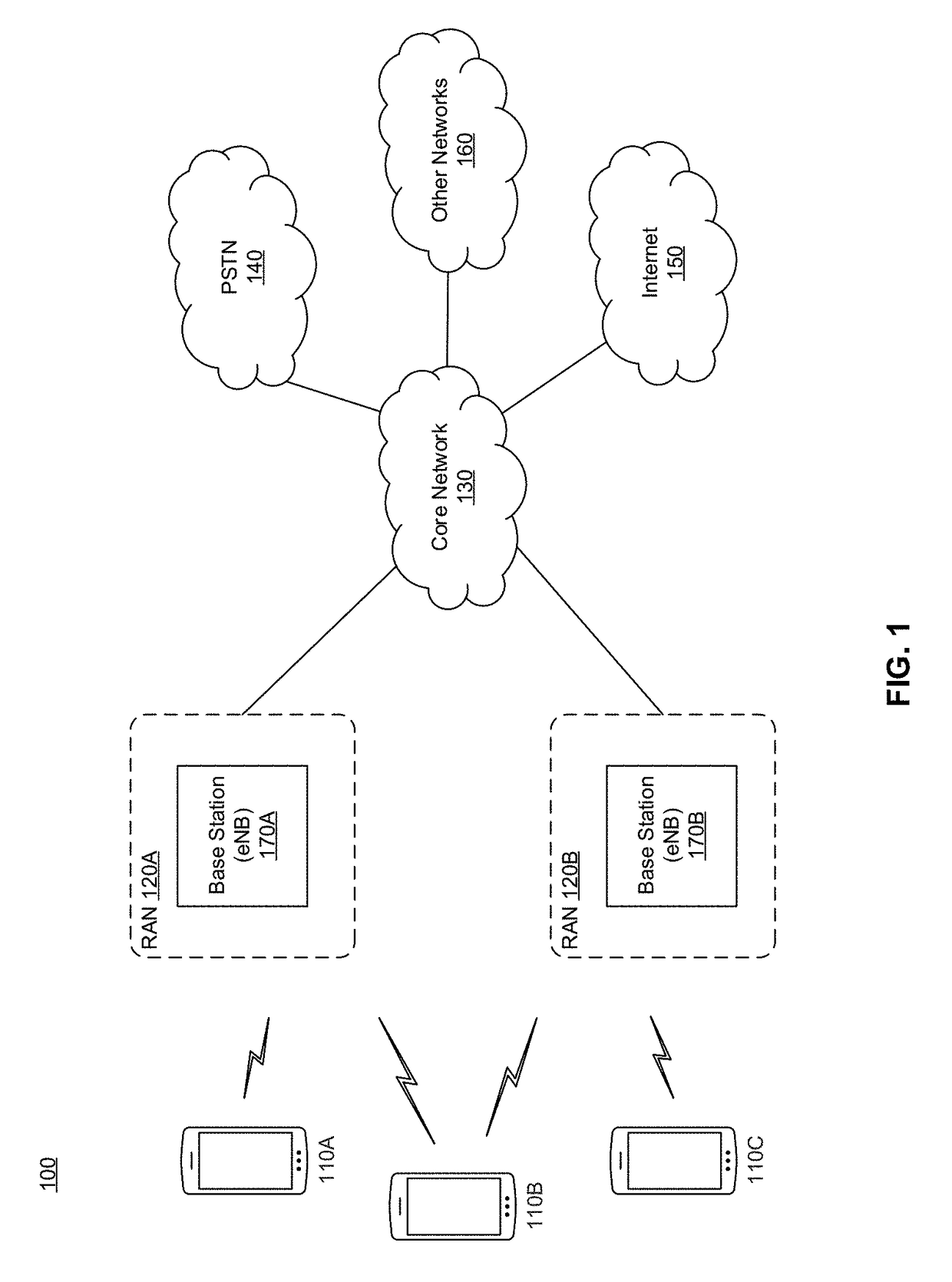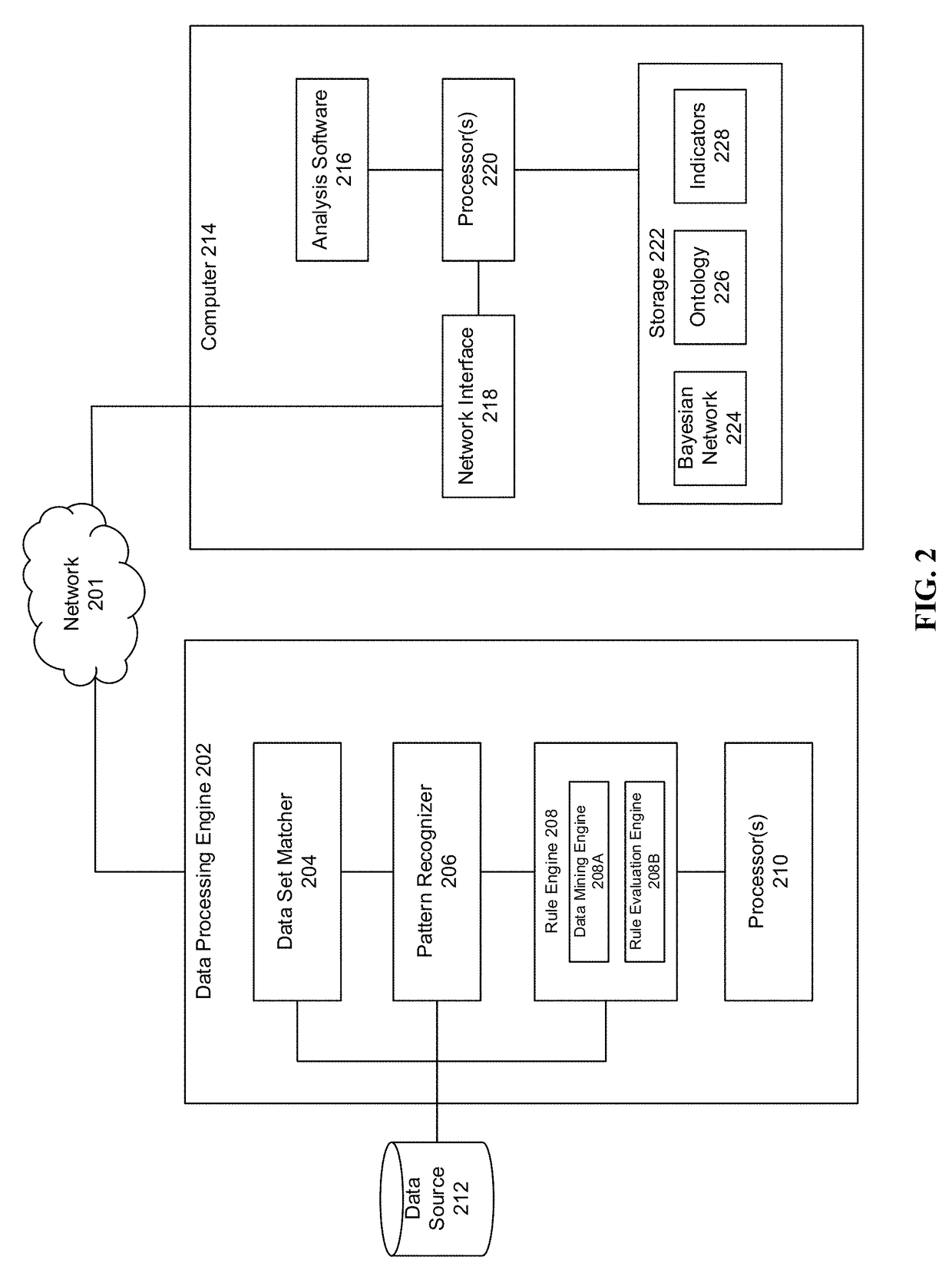Root cause analysis in a communication network via probabilistic network structure
a network structure and network technology, applied in the field of root cause analysis in a communication network via probabilistic network structure, can solve the problems of time-consuming and costly to properly measure and calculate kqis, and the difficulty of improving the experience of a customer's quality of service (qos) remains a challenging task,
- Summary
- Abstract
- Description
- Claims
- Application Information
AI Technical Summary
Benefits of technology
Problems solved by technology
Method used
Image
Examples
Embodiment Construction
[0019]The disclosure relates to technology for determining a root cause of anomalous behavior in a network using a probabilistic network structure (learned network), such as a Bayesian network or finite state machine.
[0020]Determining the cause of anomalous or degraded behavior in a network (e.g., network slowness) for a particular transaction, component, entity, etc. can be onerous. The technology described herein determines or infers probable root causes of degradation in network transactions using learned networks. In some embodiments, the learned network may be updated to reflect the dynamically evolving environment of the network or based on specific operator feedback.
[0021]To determine root causes within the network, data from network transactions, components, entities, etc. are collected and measured using, for example, monitoring agent and sensors located throughout the network. The collected and measured data includes, for example, quality of service (KQI) and performance (...
PUM
 Login to View More
Login to View More Abstract
Description
Claims
Application Information
 Login to View More
Login to View More - R&D
- Intellectual Property
- Life Sciences
- Materials
- Tech Scout
- Unparalleled Data Quality
- Higher Quality Content
- 60% Fewer Hallucinations
Browse by: Latest US Patents, China's latest patents, Technical Efficacy Thesaurus, Application Domain, Technology Topic, Popular Technical Reports.
© 2025 PatSnap. All rights reserved.Legal|Privacy policy|Modern Slavery Act Transparency Statement|Sitemap|About US| Contact US: help@patsnap.com



